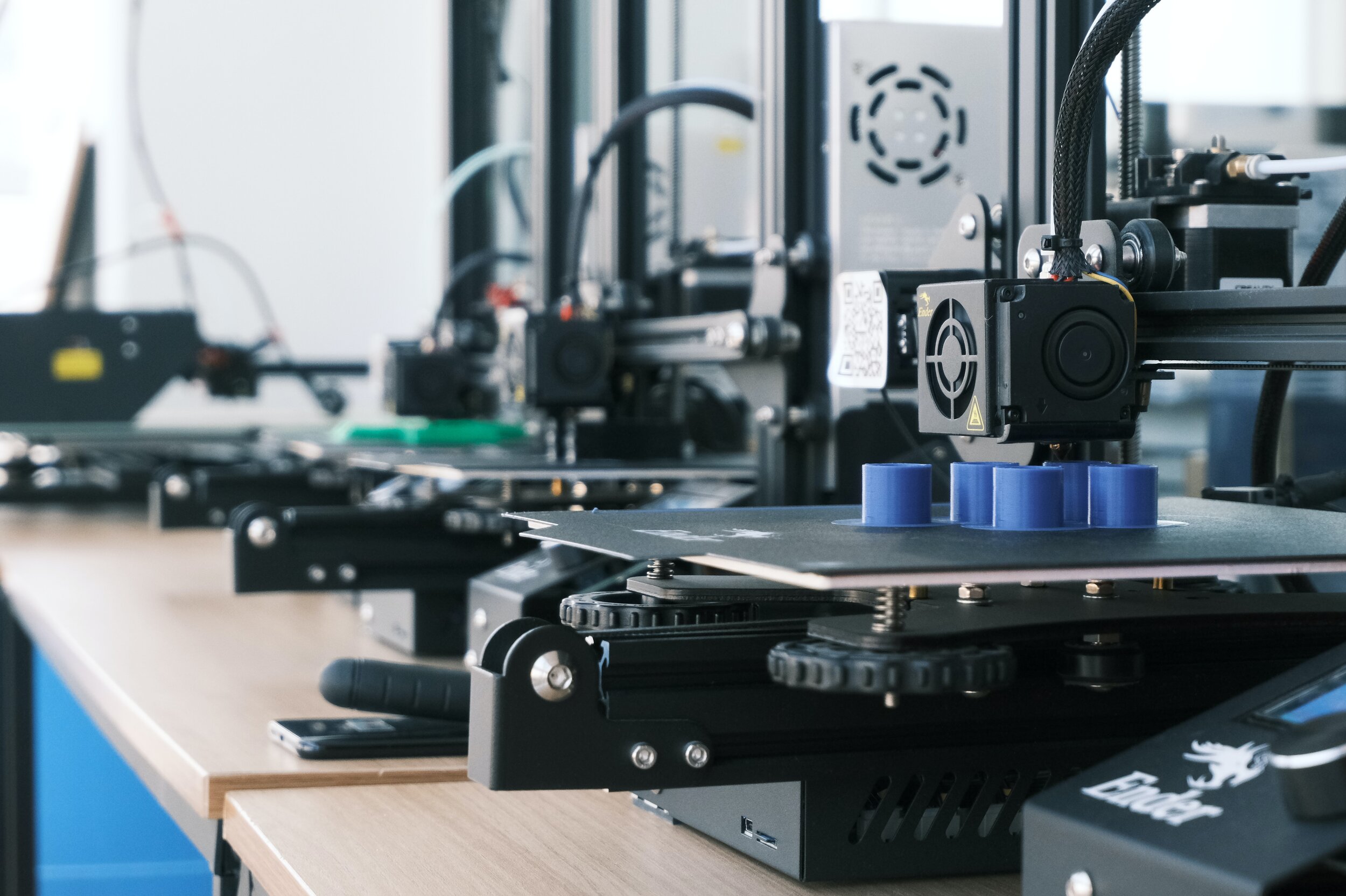Quality Digest: Improving Manufacturing With a Single Source of Truth

This is a repost of our interview and article in Quality Digest.
Manufacturing is stepping up investment as the U.S. economy recovers from the challenges of 2020. Nearly 40 percent of manufacturers have increased CapEx spending, with less than 7 percent planning to spend less, the National Association of Manufacturers reports.
With that investment, factories have substantial room to reduce waste and improve profitability. In many plants the key efficiency metric, overall equipment effectiveness (OEE), stands at just 60 percent—meaning 40 percent of potential production capability is lost. In contrast, state-of-the-art factories regularly achieve 85 percent OEE.
GETTING TO REAL-TIME INSIGHT
Digital tools can be an important lever to help factories and entire manufacturing ecosystems dramatically reduce waste. As a foundation, most digital technologies start by providing real-time insight into what’s going on, what’s going wrong, and why. With that information, operators can act more quickly to fix issues as they occur and even prevent problems.
But having a single source of truth inside a factory, let alone across factories inside one company, can be difficult. Most U.S. factories are filled with a patchwork of old and new equipment, some of which predate the internet. Newer machines have built-in ways to monitor themselves. Older ones may not. Yet, all of these different makes, models, and ages of machines often must work together, timed just right, to create a finished product. Without a full view across both new and old equipment, it’s hard to identify what’s going wrong, why it is going wrong, pinpoint bottlenecks, adjust to prevent problems, or quickly fix them once they show up. As a result, production time is unnecessarily lost, as evidenced by that 60 percent OEE statistic.
Once a factory team has a single source of truth, it’s easier to get ahead of problems and fix them before they lead to lost production. The good news is that changes in technology are making it possible for any factory of any kind, even ones using both legacy and newer machines, to take advantage of technologies to achieve that single source of truth.
Based on those new developments, here are four steps that practically any factory can take to get a single source of truth:
Track all machines consistently. Getting a legacy machine and a modern machine on the same digital system sounds impossible. But machines share commonalities that allow for consistent tracking. For example, every machine has a power cord. With sensors on those cords, the power draw provides a proxy to track when a machine is running and how hard it is running. That indicates whether it’s operating when it is supposed to, at the correct speed, or whether it needs servicing. Using a power cord as a first step to gain visibility into machine activity and downtime is one low lift, high-return action that works on any machine or model. It can unlock big wins and shows immediate results. The core insight is to get data from all machines consistently so you begin to get a single heartbeat of your factory—and a single source of truth.
Get buy-in from employees. Both machines and people play a critical role in factory floor efficiency. However, employees can sometimes feel unsure about whether they will be able to learn and use the digital tools required, or how digital initiatives might affect their jobs more broadly. Without employees on board, digital initiative efforts often fall short of goals. To get buy-in, build momentum with small steps. Enable everybody across the team, at different levels, to contribute to those wins with tools that everybody can use. When you empower employees to succeed in digital modernization efforts, the more likely they’ll buy in to changes.
Achieve an entire picture of production. This means track production across the entire floor to identify the points in the process where throughput and quality are lost. Moving on from spreadsheets and clipboards, manufacturers are investing in cloud-based technologies to give factory managers the ability to get an entire picture of production in one place, and to receive alerts, including via mobile devices, when things go askew. With a cloud-based solution, one packaging company reduced lost production time by 50 percent, which provided a big boost to OEE. With data in the cloud, the production manager could see what was going on at the plant at all times. Even when he was at home, he had perfect visibility into what was happening and answered questions and provided advice in real-time.
Layer in AI or machine learning. Machine learning tools, applied to data in the cloud, crunch data faster than people can to better identify problems, causes, and potential fixes. Because hundreds of variables impact the production process, machine learning tools can predict the impact of individual variables on others. Six in 10 manufacturers and pharma companies use AI to improve product quality, an MIT study shows. Although adding AI or machine learning may sound daunting, most companies start small. In the 2000 MIT study, 60 percent of companies expected it to take three years for AI to infiltrate just 11 percent to 30 percent of business processes, with manufacturers being among those with the highest expectations for AI adoption.
Monitoring the operational status of your equipment is the low-hanging fruit for increasing productivity. Low-cost tools are available to make this possible even on legacy equipment. We talk to Lauren Dunford, CEO of Guidewheel.
FACTORY FLOOR TRUTH
All factories—not just the elite ones—can now access great tools to achieve a single source of truth, eliminate guesswork, and inspire trust in operators. Increasingly, cloud-based factory operations, or FactoryOps, serve as the foundation for any factory to achieve a single source of truth and build toward operational excellence, quickly, cost-effectively, and simply.

